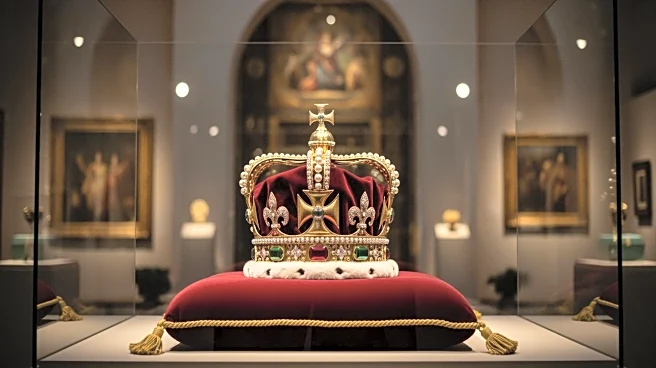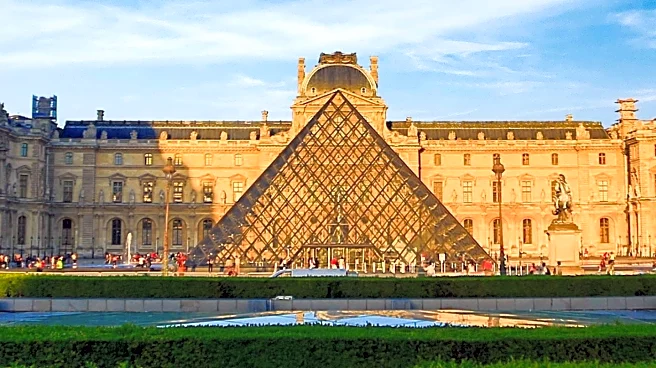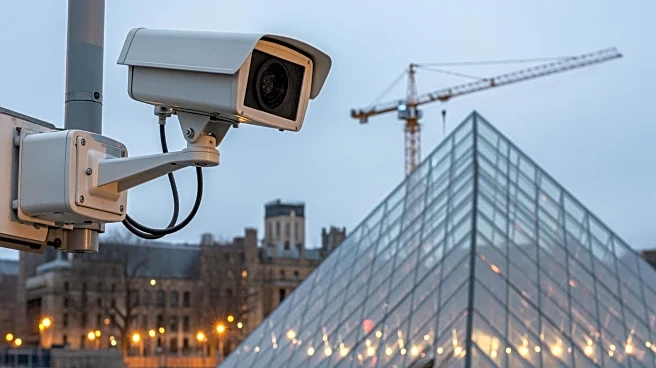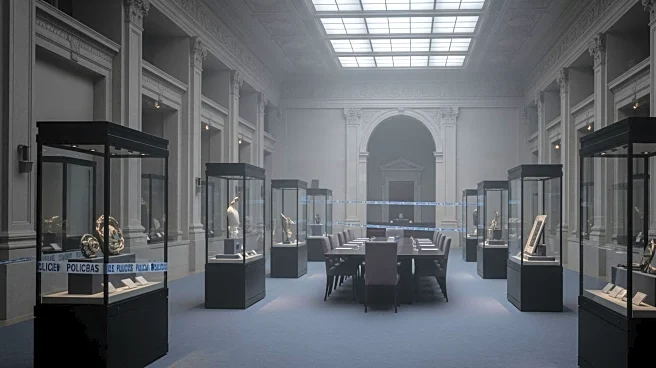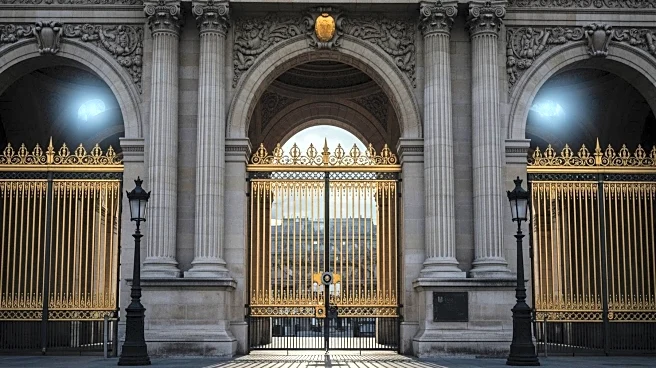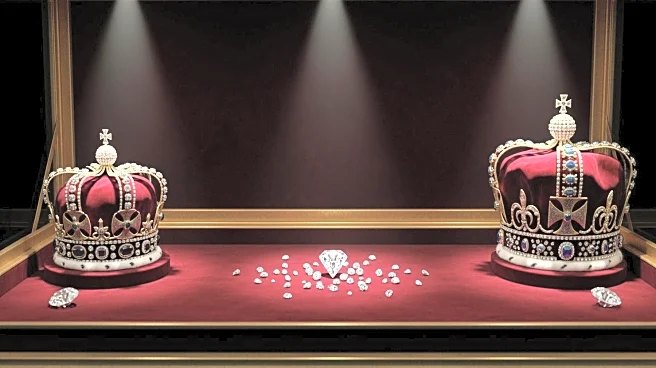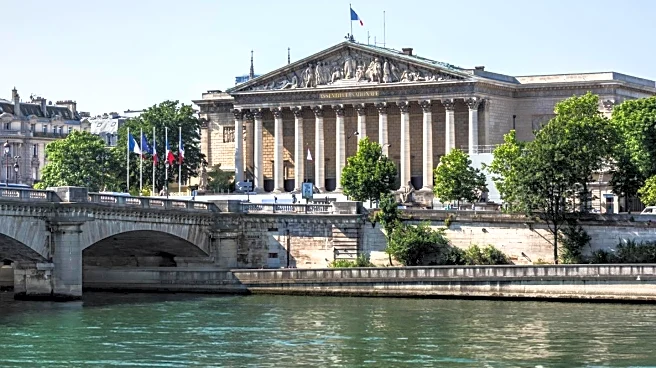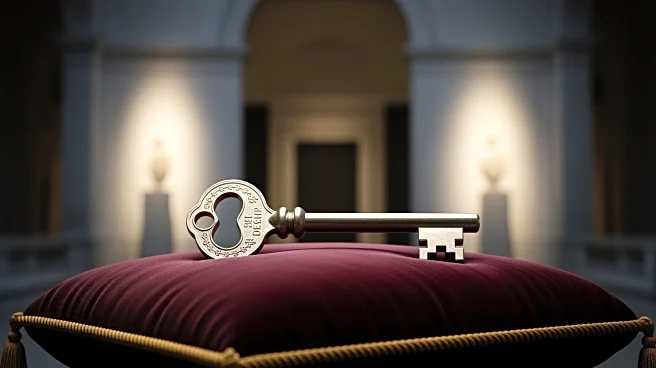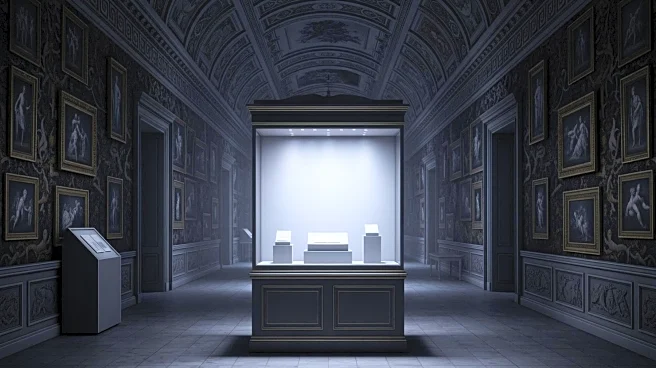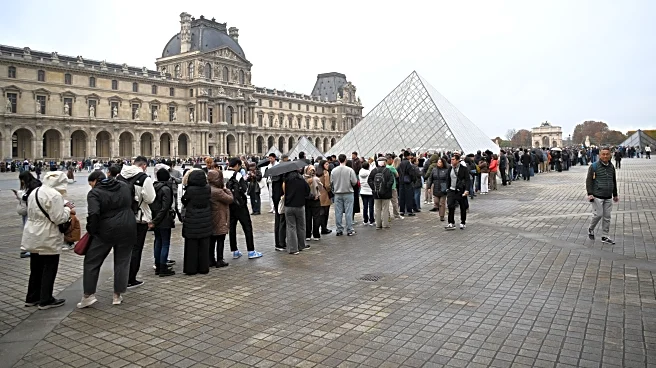What's Happening?
In a daring daylight heist, millions of dollars worth of jewels, once belonging to French royalty, were stolen from the Louvre Museum in Paris. The theft occurred in just seven minutes, leaving the French public
and authorities in shock. The stolen items are of significant historical value, and the incident has raised concerns about security measures at one of the world's most famous museums. The French authorities are currently investigating the theft, aiming to recover the stolen jewels and apprehend the culprits responsible for this audacious crime.
Why It's Important?
The theft of such valuable and historically significant jewels from the Louvre Museum has implications for cultural heritage preservation and museum security worldwide. It highlights vulnerabilities in security systems at major cultural institutions, prompting a reevaluation of protective measures. The incident may lead to increased security protocols at museums globally, affecting how cultural artifacts are safeguarded. Additionally, the theft impacts France's cultural heritage, as the stolen jewels are irreplaceable pieces of history, potentially affecting tourism and public trust in museum security.
What's Next?
French authorities are intensifying their investigation to track down the thieves and recover the stolen jewels. The museum is likely to review and enhance its security measures to prevent future incidents. This theft may prompt other museums to reassess their security protocols, potentially leading to industry-wide changes in how cultural artifacts are protected. The public and cultural institutions will be closely monitoring the investigation's progress, hoping for a swift resolution and recovery of the stolen items.
Beyond the Headlines
The theft raises ethical questions about the protection of cultural heritage and the responsibilities of museums in safeguarding historical artifacts. It may lead to discussions on international cooperation in preventing art theft and recovering stolen items. The incident could also influence cultural policies regarding the display and security of valuable artifacts, emphasizing the need for balancing public access with security.
